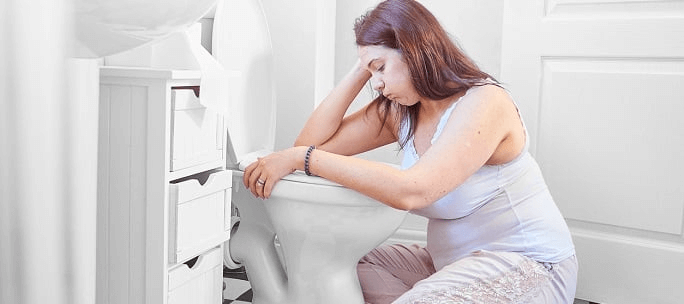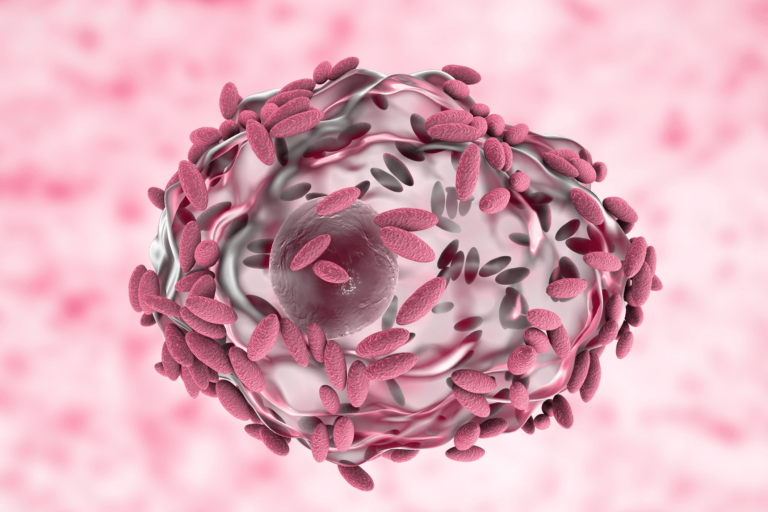Complete Guide to Managing Swollen Feet, Ankles, and Hands During Pregnancy

Swelling, especially in the feet, ankles, and hands, is a common issue during pregnancy. This condition, also known as edema, tends to worsen as you progress into the third trimester. You might notice the swelling is more severe in the evenings or after spending a long day on your feet. While swelling is generally harmless, there are certain cases where it can signal a more serious issue like pre-eclampsia, which requires immediate medical attention.
Signs of Severe Swelling: When to Seek Medical Help
Most swelling in pregnancy is normal, but if you experience any of the following symptoms, contact your GP or midwife immediately as it may indicate pre-eclampsia:
- Sudden or severe swelling in your hands, face, or legs
- Persistent headaches or vision changes (seeing flashing lights)
- Pain in your upper right side (under the ribs)
How to Manage Swelling During Pregnancy
While you may not be able to completely prevent swelling, there are several strategies you can implement to manage and reduce discomfort.
1. Eat a Balanced Diet
Maintaining a well-balanced diet is important during pregnancy and can help minimize excessive swelling. Focus on incorporating plenty of fruits and vegetables rich in vitamins and minerals. Foods like celery, apples, watercress, and citrus fruits are known to help reduce water retention. Onions and garlic may also improve circulation, aiding in the reduction of swelling.
Be mindful of your salt intake. Excessive salt can contribute to fluid retention, so try to limit salty snacks and processed foods. Similarly, avoiding foods high in sugar and unhealthy fats can help keep your body functioning optimally.
2. Stay Hydrated
It may seem counterproductive, but drinking plenty of water actually helps reduce swelling. When your body is well-hydrated, it’s less likely to hold onto excess fluid. Aim to drink at least 1.5 liters of water daily (around 2.6 pints). If plain water feels boring, try infusing it with slices of cucumber, melon cubes, or citrus fruits for added flavor.
3. Elevate Your Feet
Improving circulation can significantly help with swelling. Whenever possible, elevate your feet so they are above the level of your hips. If you’ve been on your feet all day, try taking breaks to sit down and prop your feet up on a cushion.
For those who work at a desk, make sure to take regular breaks to stand up, walk around, and stretch. Avoid crossing your legs while sitting, as this can hinder blood flow and worsen the swelling.
4. Try a Gentle Massage
A relaxing foot and leg massage can stimulate circulation, even if it doesn’t completely eliminate swelling. You can perform this massage yourself, or ask a partner to help. Use light, upward strokes from the feet toward the knees. Be gentle, and stop immediately if you experience any pain.
5. Use Cabbage Leaves for Relief
While it may sound unconventional, cabbage leaves are a natural remedy for reducing swelling. The leaves help draw out excess fluid from the affected area. Simply chill the cabbage leaves in the fridge (not the freezer), then wrap them around your swollen feet, ankles, or hands. Replace the leaves once they become wet, and repeat the process until you feel relief.
6. Explore Complementary Therapies
Many pregnant women turn to complementary therapies like acupuncture or reflexology to help with swelling and other pregnancy-related discomforts. If you’re interested in trying these therapies, make sure to seek out a qualified practitioner with experience in treating pregnant women.
7. Spend Time in a Swimming Pool
Water pressure from being submerged in a pool can help alleviate swelling in your legs. If you enjoy swimming, take some time to stand or relax in the pool for at least 20 minutes. The gentle pressure of the water will provide relief to your swollen feet and ankles.
8. Do Simple Ankle Exercises
Whether you’re sitting or standing, these easy foot exercises can help improve circulation and reduce swelling:
- Bend and stretch your foot up and down 30 times.
- Rotate your feet in circles eight times in each direction.
These exercises are simple yet effective at preventing fluid buildup in your feet and ankles.
What to Expect Post-Pregnancy
The good news is that swelling typically goes away after the birth of your baby. In fact, it might get slightly worse in the first few days after delivery, but your body will gradually eliminate the excess fluid. Your feet and hands should return to their normal size within a week after giving birth.
Final Thoughts
Swelling during pregnancy is a common, albeit uncomfortable, condition. By staying hydrated, eating a balanced diet, elevating your feet, and incorporating gentle exercises, you can reduce swelling and improve circulation. Always listen to your body, and if you experience any signs of severe or sudden swelling, consult your healthcare provider immediately to ensure both your health and your baby’s safety.





